Rising Demand for Consumer Electronics
The Battery TIC Market is experiencing growth fueled by the rising demand for consumer electronics. As the proliferation of smartphones, laptops, and wearable devices continues, the need for reliable and efficient battery systems becomes paramount. In 2025, the consumer electronics market is expected to reach approximately 1 trillion USD, driving the demand for high-quality batteries. This surge necessitates rigorous testing and certification processes to ensure that batteries meet performance and safety standards. Manufacturers are increasingly seeking TIC services to validate their products, thereby enhancing their market competitiveness. As a result, the Battery TIC Market is likely to benefit from this trend, as it plays a crucial role in ensuring the reliability of batteries used in consumer electronics.
Regulatory Compliance and Safety Standards
The Battery TIC Market is significantly influenced by the evolving regulatory landscape surrounding battery safety and performance. Governments and regulatory bodies are increasingly implementing stringent safety standards to protect consumers and the environment. For instance, regulations concerning battery recycling and disposal are becoming more rigorous, necessitating comprehensive testing and certification processes. In 2025, it is anticipated that the demand for TIC services will rise as manufacturers seek to comply with these regulations. This compliance not only ensures product safety but also enhances consumer trust in battery technologies. As a result, the Battery TIC Market is likely to see a surge in demand for testing services that align with these regulatory requirements, thereby fostering market growth.
Expansion of Electric Vehicle Infrastructure
The Battery TIC Market is poised for growth due to the expansion of electric vehicle infrastructure. As governments and private sectors invest in charging stations and related technologies, the demand for high-performance batteries is escalating. In 2025, the electric vehicle market is projected to surpass 5 million units sold, necessitating robust testing and certification processes to ensure battery safety and efficiency. This expansion creates a pressing need for TIC services to validate the performance of batteries used in electric vehicles. Consequently, the Battery TIC Market is likely to experience increased demand as stakeholders seek to ensure that their products meet the rigorous standards required for electric vehicle applications.
Increasing Adoption of Renewable Energy Sources
The Battery TIC Market is experiencing a notable surge due to the increasing adoption of renewable energy sources. As countries strive to meet their energy needs sustainably, the demand for energy storage solutions has escalated. Battery testing, inspection, and certification (TIC) services are essential to ensure the reliability and safety of these energy storage systems. In 2025, the market for energy storage is projected to reach approximately 200 billion USD, indicating a robust growth trajectory. This trend is likely to drive the need for stringent TIC services, as stakeholders seek to mitigate risks associated with battery performance and longevity. Consequently, the Battery TIC Market is poised to benefit from this shift towards renewable energy, as it plays a critical role in validating the performance of energy storage technologies.
Technological Innovations in Battery Technologies
The Battery TIC Market is witnessing a transformative phase driven by technological innovations in battery technologies. Advancements in battery chemistries, such as solid-state batteries and lithium-sulfur batteries, are reshaping the landscape of energy storage. These innovations necessitate specialized testing and certification processes to ensure optimal performance and safety. In 2025, the market for advanced battery technologies is projected to grow significantly, with estimates suggesting a compound annual growth rate of over 20 percent. This growth is likely to create new opportunities for TIC providers, as they adapt their services to meet the unique requirements of emerging battery technologies. Consequently, the Battery TIC Market stands to gain from the increasing complexity and sophistication of battery systems.

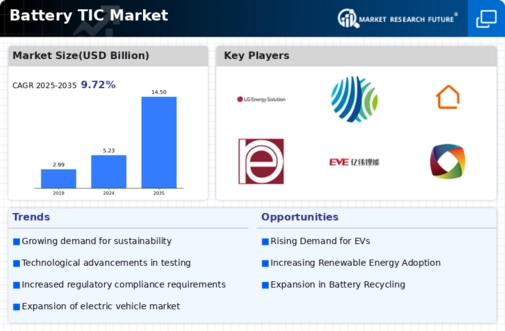
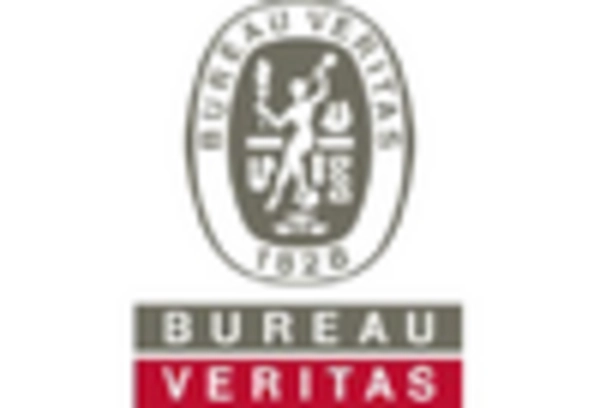
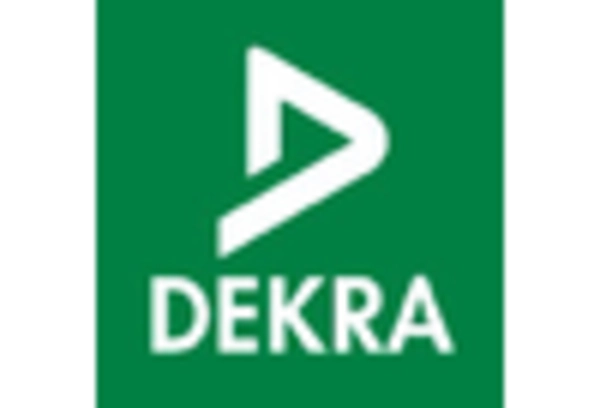
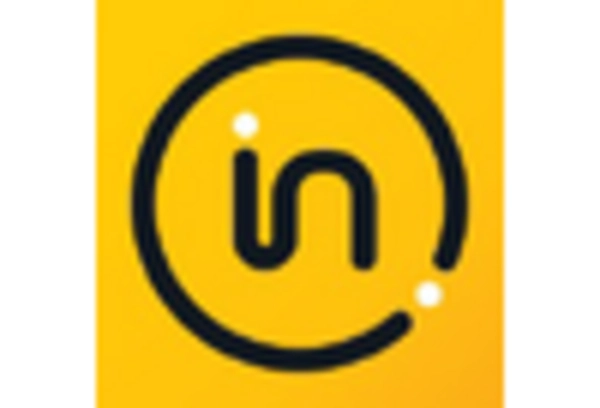
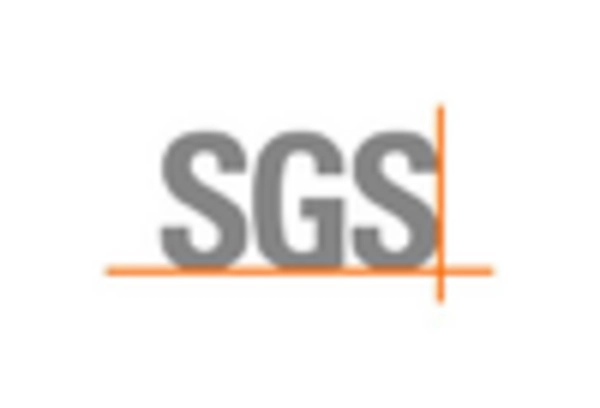
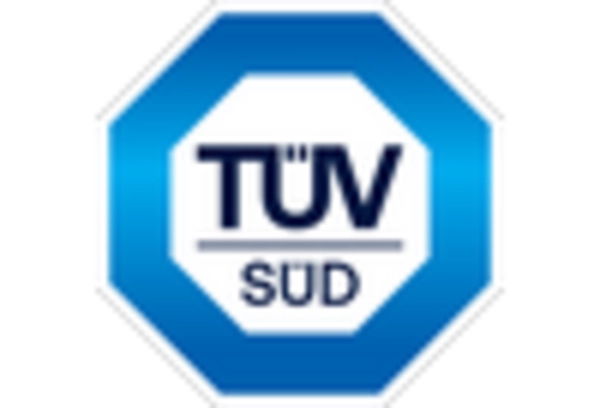









Leave a Comment